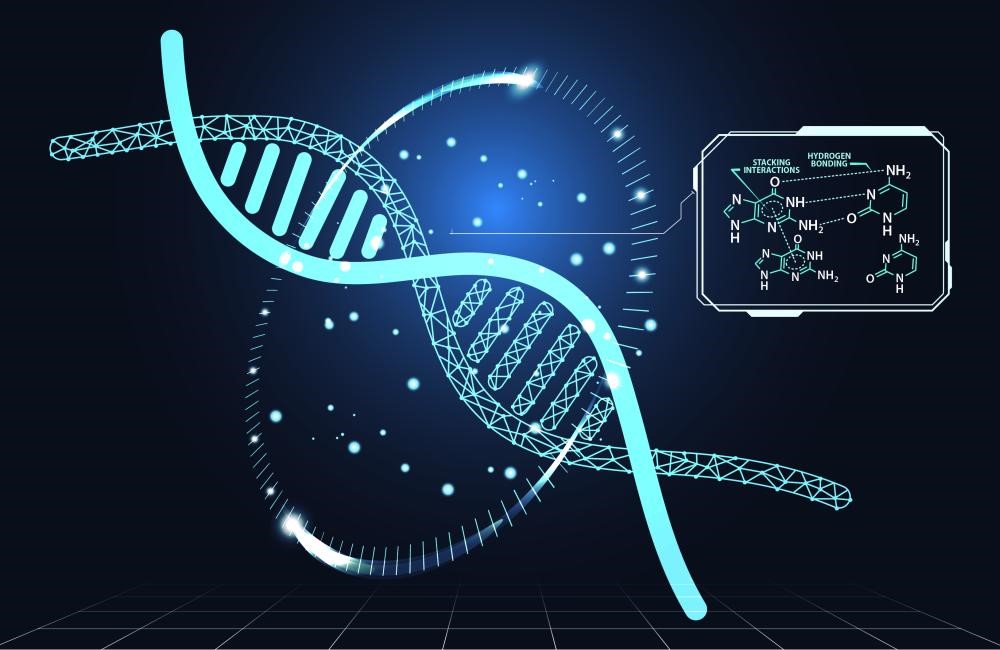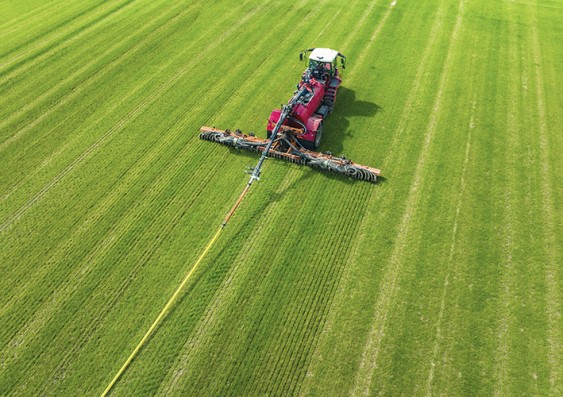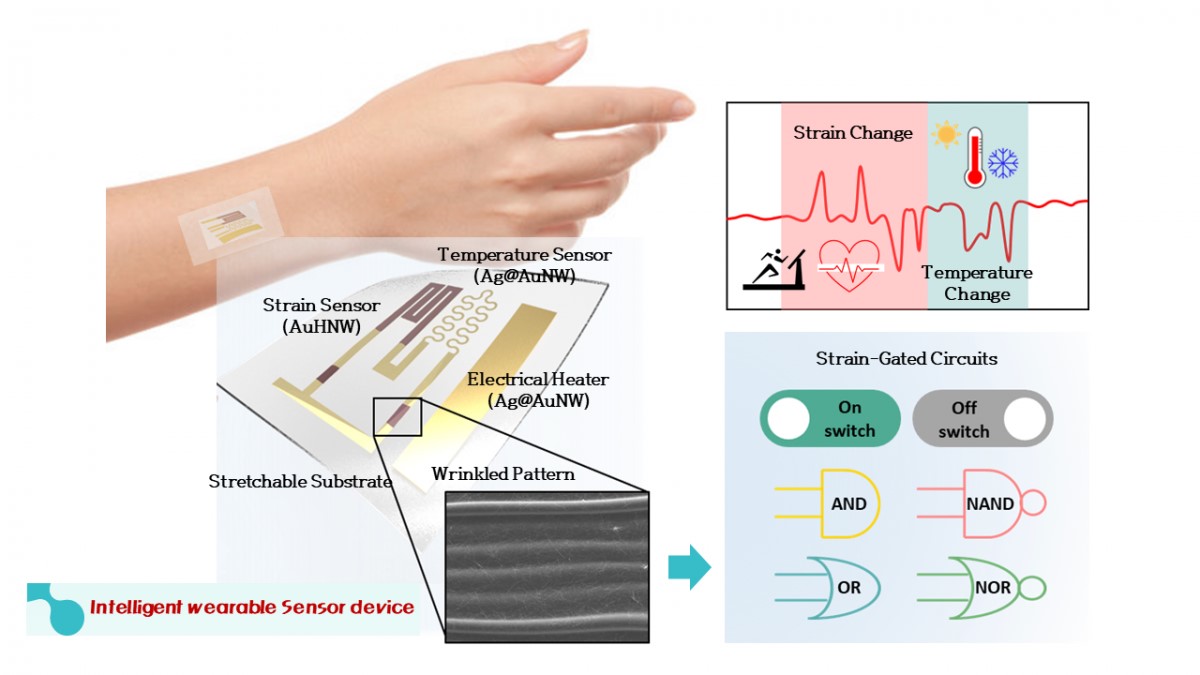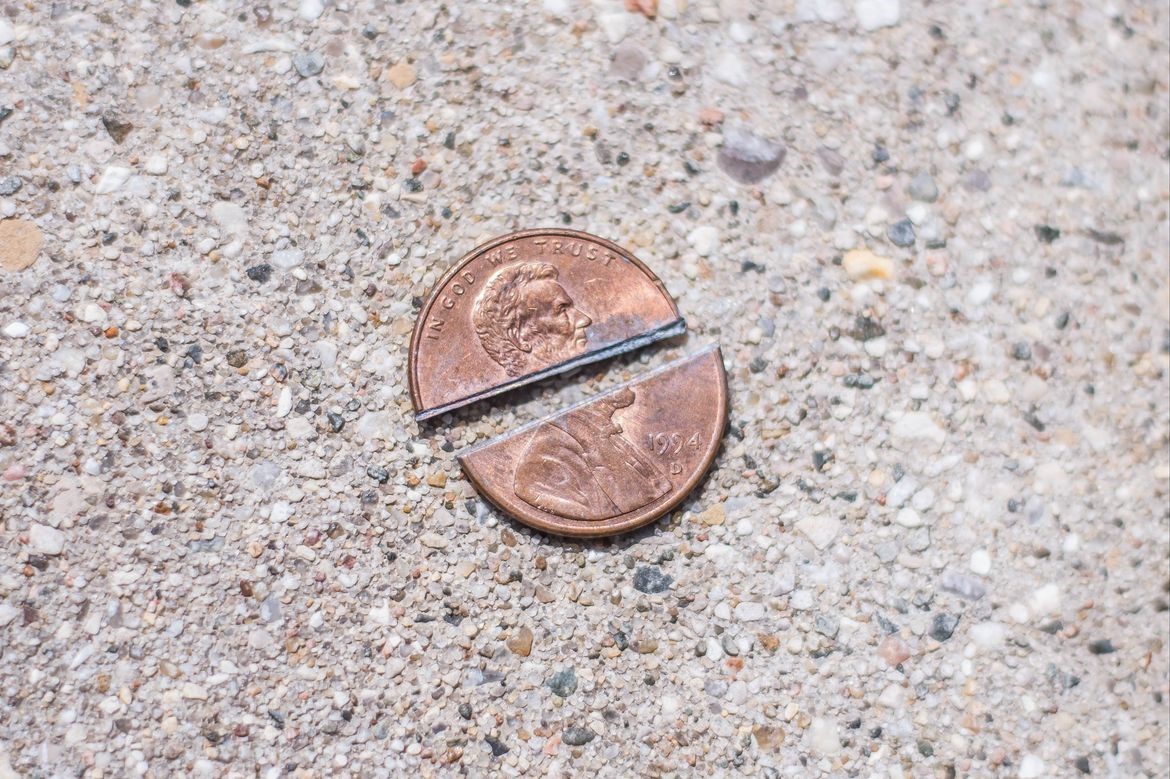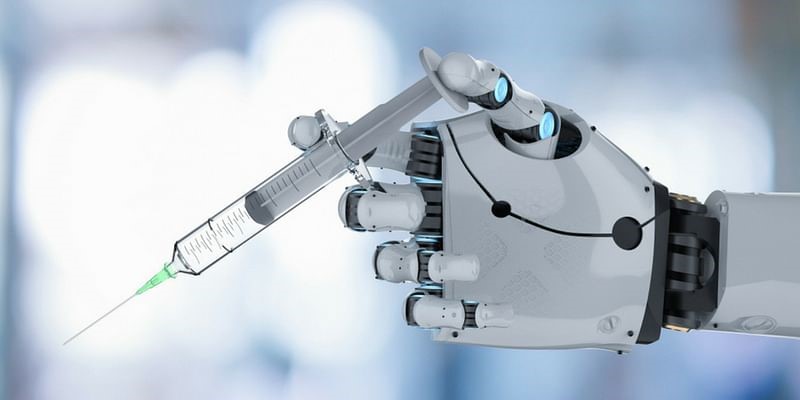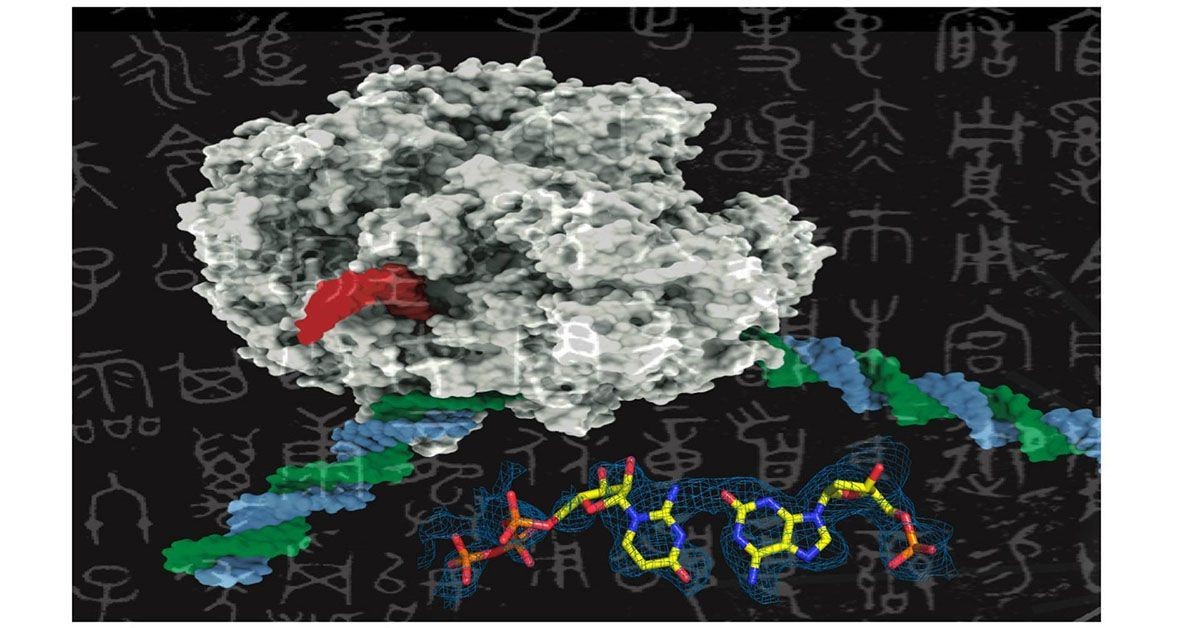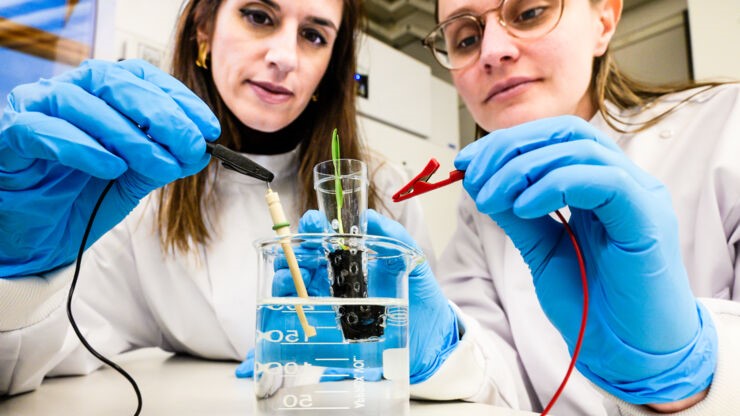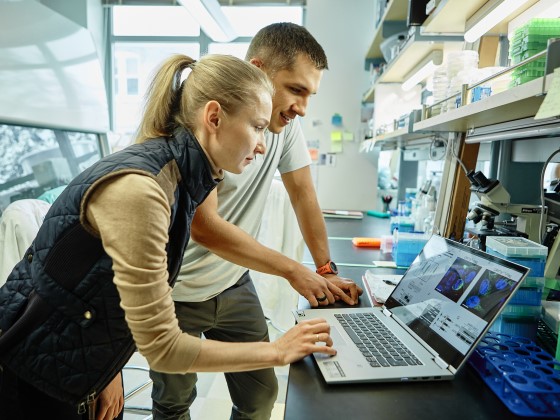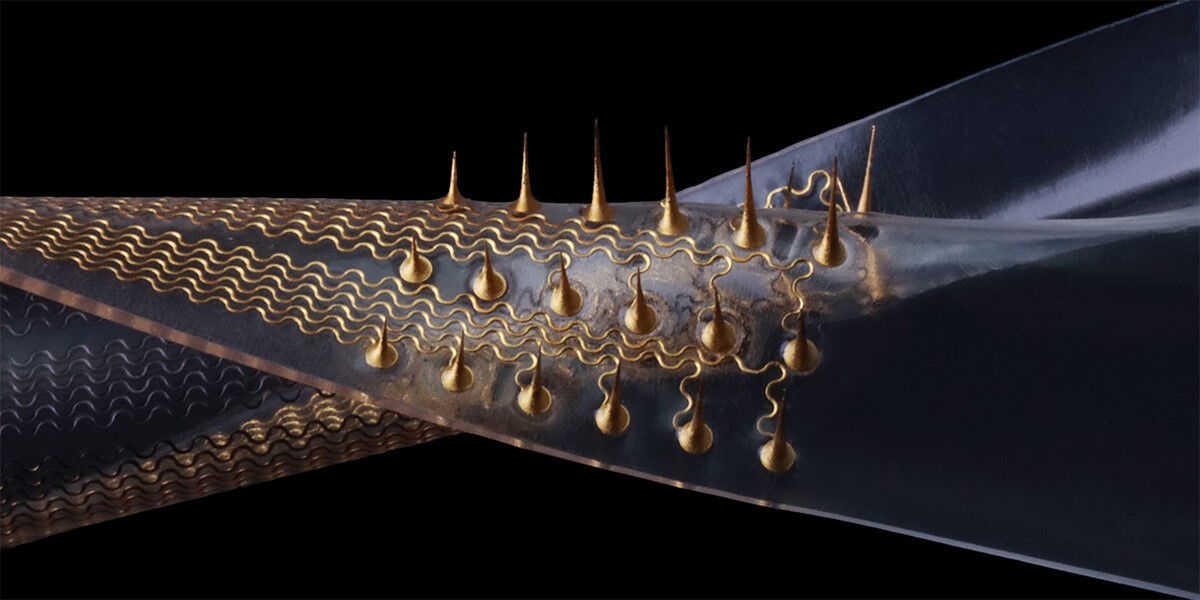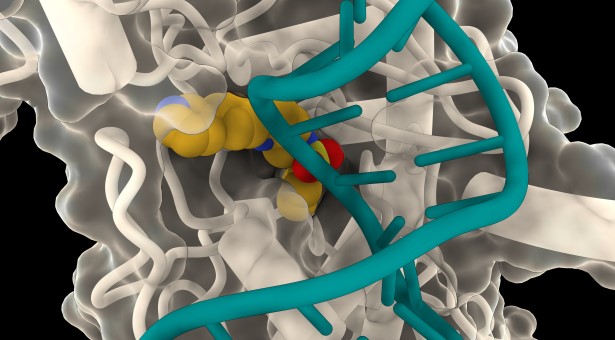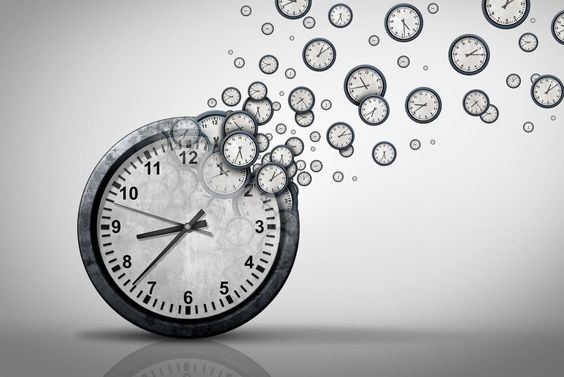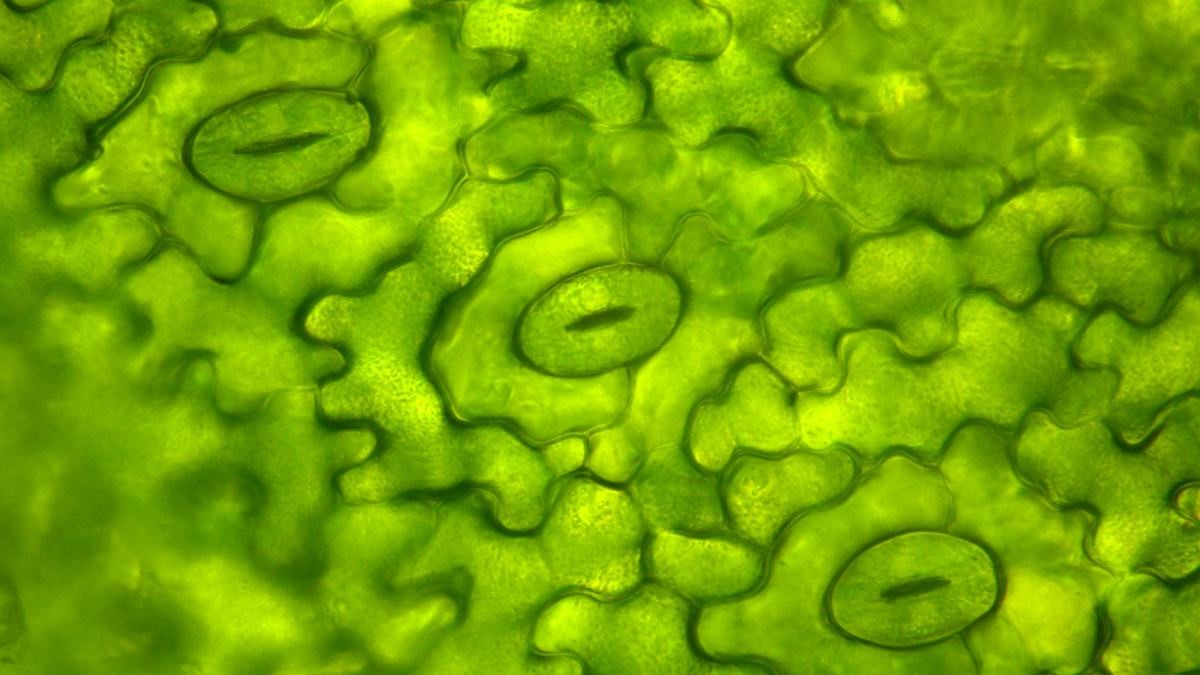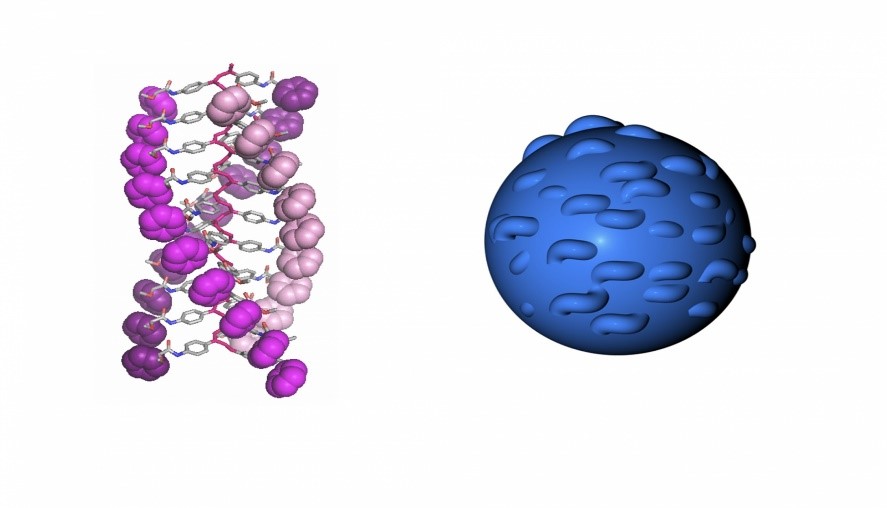An Immune Mechanism Preserves Memory
A receptor that detects DNA fragments generated during learning plays a crucial role in memory formation. While cooperating neurons build the physical structure of memories, the mechanisms underlying the formation and persistence of long-term memories continue to puzzle scientists. Following an event, brain activity intensifies in the hippocampus, where information is consolidated and short-term memories are held. However, long-term memories are stored in the cortex, necessitating communication between these two regions.
This observation led neuroscientist Jelena Radulovic, from Albert Einstein College of Medicine, to hypothesize that sustained hippocampal activity facilitates this transfer. Investigating this concept, her team uncovered an immune process in hippocampal neurons that may clarify how memories endure.[1] These findings were published in Nature.
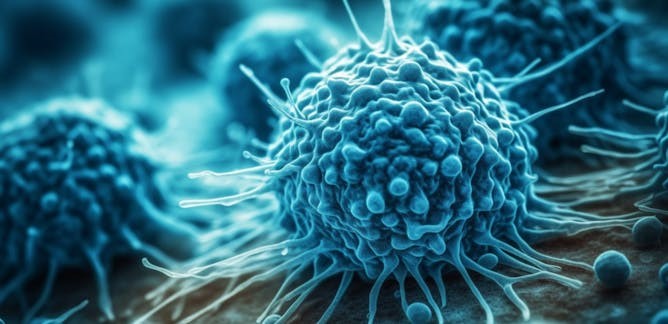
Figure 1. An Immune Process Sustains Memory
Figure 1 shows An Immune Process Sustains Memory. The researchers studied fear-based memories in mice by subjecting them to an electric shock during a contextual fear conditioning task and examining changes in gene expression 96 hours later. "What surprised us was that we still saw a lot of activity, but it was completely different from what we observed during the earlier time points," Radulovic noted.
Approximately one week after the fear exposure, the team observed increased expression of inflammatory genes. Initially considered an artifact, closer examination revealed that these neurons expressed higher levels of genes involved in immune responses to nucleic acids, specifically toll-like receptor 9 (TLR9), which recognizes extranuclear DNA. They also observed greater abundance of TLR9 protein in neurons through confocal microscopy of hippocampal sections.
In neurons, both stress and activation cause double-stranded DNA (dsDNA) breaks, primarily in the mitochondria and the genome, respectively. To identify the origin of dsDNA, the researchers isolated and sequenced extranuclear DNA from neurons following fear conditioning. They demonstrated that these fragments originated from genomic DNA. Furthermore, immunofluorescent labeling of a histone variant associated with dsDNA breaks confirmed that these breaks occurred specifically within neurons.
Previous studies have suggested that activity-induced double-stranded DNA (dsDNA) breaks promote early response genes, but these studies did not investigate later time points. To gain deeper insights into the origin and dynamics of these dsDNA fragments, the research team conducted a time-course analysis.
One hour after conditioning, the researchers observed channels forming in the nuclear membrane that allowed dsDNA fragments to exit the nucleus near the endoplasmic membrane, where Toll-like receptor 9 (TLR9) is also located. Some of these channels remained visible throughout the 96-hour observation period. Using microscopy, the team confirmed the association between TLR9 and dsDNA fragments. By six hours post-fear conditioning, the dsDNA fragments were found near the centrosome, where the researchers also identified a DNA damage repair enzyme.
To further investigate the role of dsDNA breaks and TLR9 activation, the team generated mice with a specific knockout of the TLR9 gene in neurons using adeno-associated viral delivery of Cre-recombinase (TLR9 KO). Compared to wild-type mice, TLR9 KO animals exhibited impaired memory and learning following fear training.
Fear conditioning induced the expression of genes related to endoplasmic reticulum proteins, vesicle transport, interleukin-6, and TLR9. [2] However, TLR9 KO animals did not express these genes. The absence of TLR9 in neurons also reduced the localization of DNA repair proteins and the production of extracellular structures known to be important for memory formation.
References:
- https://www.sciencedirect.com/topics/medicine-and-dentistry/immunological-memory
- https://www.the-scientist.com/an-immune-mechanism-maintains-memory-71925
Cite this article:
Janani R (2024), An Immune Mechanism Preserves Memory, AnaTechMaz, pp. 251


